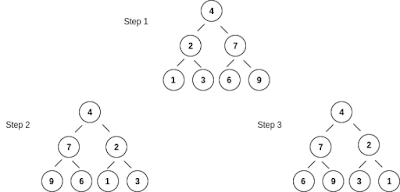Flatten a Multilevel Doubly Linked List
You are given a doubly linked list which in addition to the next and previous pointers, it could have a child pointer, which may or may not point to a separate doubly linked list. These child lists may have one or more children of their own, and so on, to produce a multilevel data structure, as shown in the example below. Flatten the list so that all the nodes appear in a single-level, doubly linked list. You are given the head of the first level of the list. Input: head = [1,2,3,4,5,6,null,null,null,7,8,9,10,null,null,11,12] Output: [1,2,3,7,8,11,12,9,10,4,5,6] Explanation: The multilevel linked list in the input is as follows: After flattening the multilevel linked list it becomes: We have already covered the Doubly Linked List in our previous blog. If you look into the above problem then you will realize that the Doubly linked list class contains three references (next, previous, and child). It is clear in the flatten Doubly Linked list whenever a child exists, It fi...



